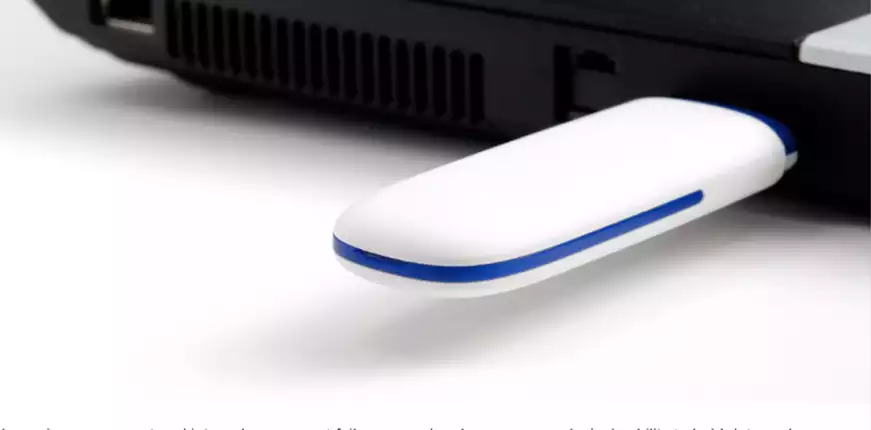
Flash drives have been a familiar presence in our everyday lives for almost as long as many of us can remember, even though they’ve only been widely available for the past twenty years or so.
This perhaps speaks to how efficient these little things are and how much we’ve come to rely on them for reliable data storage and transfer.
When assessing how long a device can store data for there’s no data points to give us a conclusive answer, since numerous factors come into play.
In an ideal world a USB stick would be able to hold data for years, and while ten years is often touted as the maximum expectation for data storage, in this blog we’ll be exploring what that really means in practice.
How Long Will My Data Be Stored?
As we explored in a previous article, the more you use the device the shorter the lifespan becomes. In fact, we discovered that most standard USB drives will undergo anywhere between 10 to 100,000 write cycles during their life cycles before the data stored on it may begin to corrupt.
Practically speaking, this means you can add, move, delete or overwrite data up to 100,000 times before you might start to notice any performance issues, which in itself is a pretty impressive feat for such a small piece of equipment.
That said, the chances of anyone reaching such a number of cycles without trying to do so is rather unlikely and in any case the physical age of the device isn’t as important as the number of times you use it.
Although most manufacturers often mention ten years as a predicted number of usage years, as we’ve mentioned it’s unlikely you’ll reach the number of write cycles necessary to start to degrade the device, you could feasibly see a far longer lifespan so long as the physical device is looked after.
In this sense, there is no definitive answer as to how long your data can be stored for. So long as the flash drive remains in good condition (most are pretty robust these days) there should be no reason that you couldn’t store data and return several years later to find the same data is accessible with no issues at all.
What Might Prevent Me Accessing My Data?

User mismanagement and internal component failure may also decrease your device’s ability to hold data and decrease flash memory life. One of the most frequent user errors is simply known as an ‘eject failure’, which is something we’re probably all guilty of doing.
This means you’re removing the USB from the port without unmounting or ejecting the device beforehand – it’s usually a case of right clicking on your device and finding the option to eject or unmount. Once you do this the USB is then safe to remove.
It’s easy to forget to do this, particularly if we’re in a rush, but this is a vital step in ensuring that your data can be protected and stored for the long-term.
This is because once you’ve connected your USB drive to a computer or another portable device, the two devices are communicating with each other. By suddenly severing this line of communication, you’re running the risk of corrupting data you have stored.
Potential USB Drive Failures
Another potential risk to the data stored on your USB device are component failures – these can crop up from time to time, no matter the age of the device.
USB Connector Failure – the main connection point of the USB drive is obviously crucial in ensuring it can communicate and transfer data between itself and a host. If this connector or any of the soldering points obtain any kind of damage it may cause reading errors. This damage can occur in numerous ways, such as if the device is dropped, put through the washing machine or even if pieces of debris find their way into connection points.
Electrical Failure – if the internal board or crucial components within, such as an oscillator, receive a sudden electrical power surge, there’s a high chance this damage may have rendered the device inoperable. This can happen when either the device itself or the USB port it is connected to malfunctions.
Internal or physical damage is far more likely to occur with a typical USB device than the user reaching the maximum number of write cycles. If you keep the device safe and eject it properly each time, then it’s unlikely that component failures will be an issue.
So How Long Can My Flash Drive Store My Data?

Although this is basically an open-ended question, your data can last on your device for pretty much as long as you need it to. This is because, as we know, a user is very unlikely to ever reach the required write cycles to wear out the device.
It’s far more likely that your USB will get damaged, run into internal component problems, lost, or replaced with a new device far before this ever happens.
So, the answer to this question: so long as you look after the drive and it continues to run as normal internally, in theory there’s absolutely no reason why your data couldn’t be stored within a single device for many, many years.
In practice, however, this will rarely ever be necessary.
Takeaways
Although the data stored on your device can technically remain there for years into the future, it’s very unlikely that any of us will keep the same device for so long, nor is it very likely that we’ll reach anywhere near 100,000 write cycles.
If you’d like more USB advice, or you’d like to learn more about our extensive product ranges, why not get in touch with us today?



